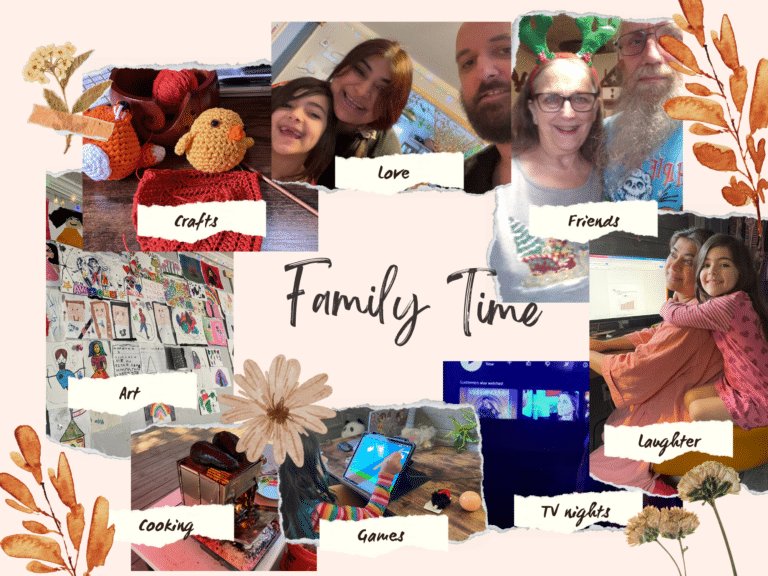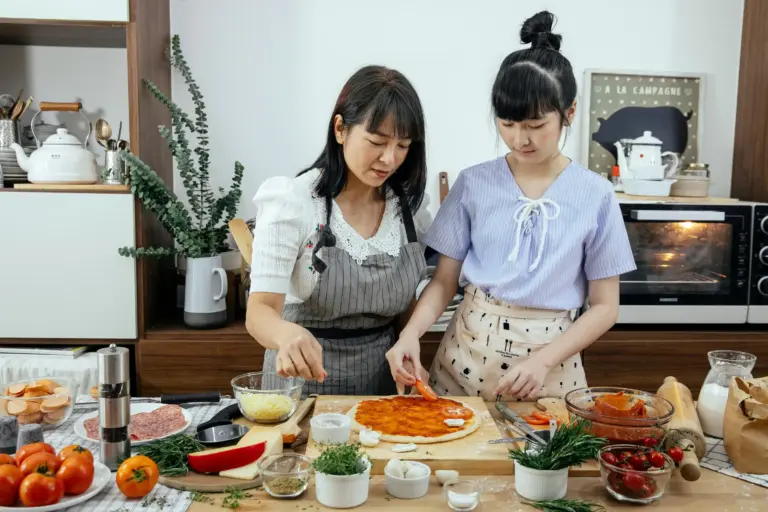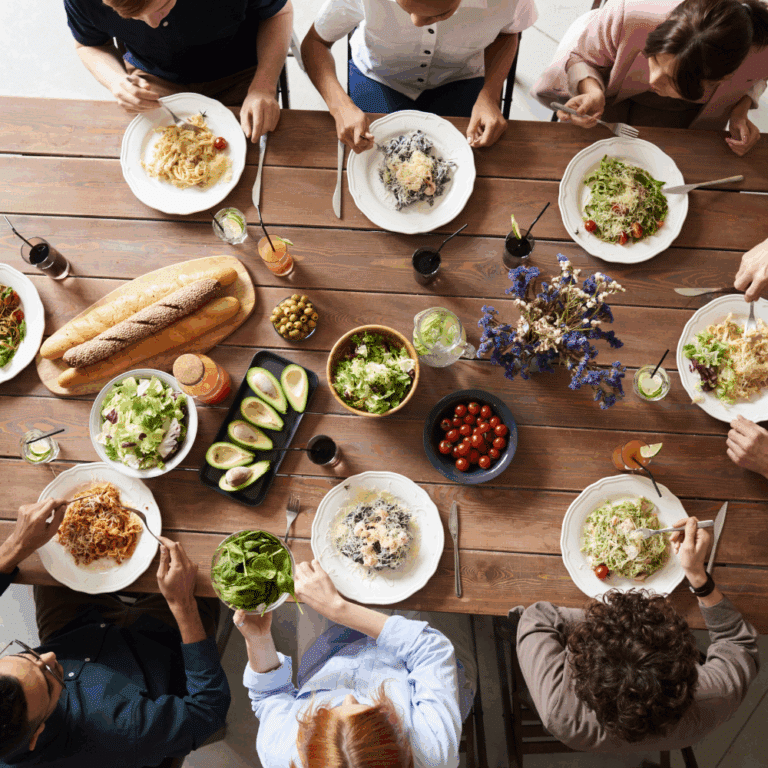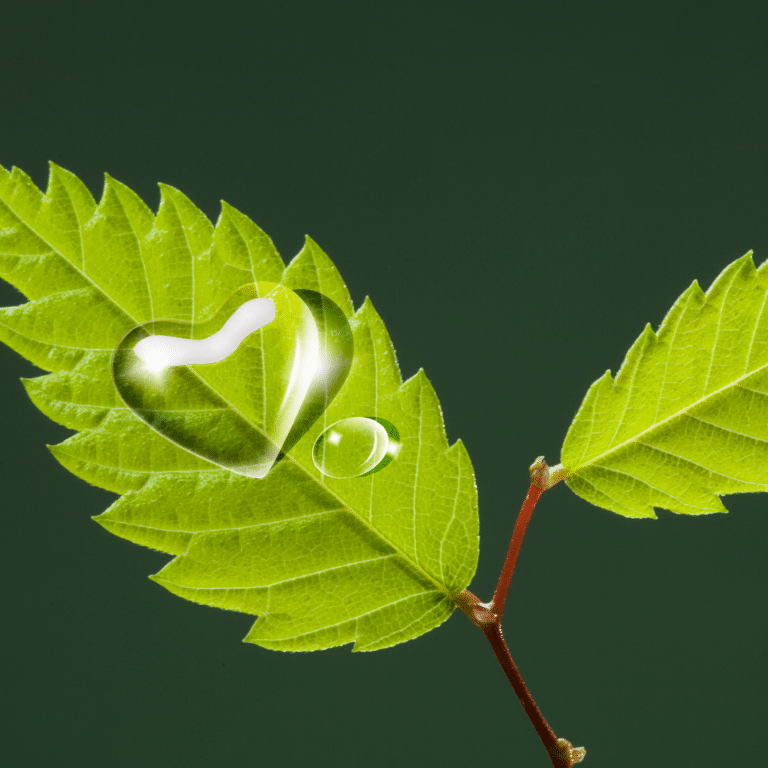Welcome, friends! If you’re new to Indian cooking, you may have peeked into a spice cabinet and felt like you’d wandered into a wizard’s apothecary—coriander, cumin, turmeric, asafoetida… what do these do, and why do they smell like ancient secrets?
Fear not! I’ve been cooking Indian food at home for over thirty years—testing, tweaking, and perfecting recipes that have filled many bellies and warmed many hearts. While I’m only now stepping into the professional world of cooking, my hands and heart are well-versed in the rhythms of homestyle Indian vegetarian fare. Indian cooking isn’t just a cuisine—it’s a celebration of life, tradition, and yes, the occasional puff of spice-induced sweat. Let’s dive in, one spoonful at a time.. Indian vegetarian cooking isn’t just a cuisine—it’s a celebration of life, tradition, and the occasional puff of spice-induced sweat. Let’s dive in, one spoonful at a time.
What Are Indian Spices, Really?
Let’s set the record straight: spices are not just “seasoning.” In Indian vegetarian cooking, they are the foundation, architecture, and roof of every dish. Each spice adds a layer of aroma, color, flavor, and in many cases—health benefits. Think of them as characters in a well-balanced story. Turmeric is your wise elder, cumin the witty friend, and red chili? Ah yes—that one dramatic cousin we all know.
We use spices whole, ground, roasted, bloomed in oil, or dry-rubbed. They don’t just make food taste good—they make it come alive.
Essential Indian Spices to Start With
To make this section even more helpful, I’ve updated the spice table with real-world descriptors instead of placeholder icons. Think of this as your go-to kitchen cheat sheet:
| Spice Name | Flavor Profile | Visual Description | Common Use Cases |
|---|---|---|---|
| Cumin (Jeera) | Nutty, earthy, slightly smoky | Long, narrow brown seeds | Tadka for dals, rice, curries |
| Turmeric (Haldi) | Earthy, warm, golden | Bright yellow-orange powder | Root veggies, lentils, immunity boosters |
| Red Chili Powder | Fiery, fruity, aromatic | Fine, deep red powder | Curries, stir-fries, chutneys |
| Coriander (Dhania) | Mild, citrusy, slightly sweet | Pale greenish-brown ground spice | Spice blends, vegetable dishes, chutneys |
| Asafoetida (Hing) | Pungent when raw, mellow when cooked | Pale yellow-beige powder in small container | Lentils, beans, digestive aid |
| Mustard Seeds | Nutty, bold, slightly bitter | Tiny, round black or yellow seeds | South Indian curries, pickles |
| Curry Leaves | Fragrant, citrusy, savory | Glossy, deep green narrow leaves | Tadka, stews, coconut-based dishes |
How to Store and Use Spices Like a Pro
Freshness is key. Old, stale spices are like expired jokes—flat and disappointing. Here’s how I keep my stash vibrant:
- Use airtight jars: Glass preferred (plastic tends to absorb odors).
- Keep in a cool, dark spot: Not above your stove, unless you enjoy toasted cumin dust.
- Grind small batches: Whole spices stay fresh longer. Grind only what you need for a few weeks.
- Bloom in fat: Most spices shine best when sizzled in ghee, oil, or coconut oil. It wakes them up and perfumes your kitchen like a Bollywood dream sequence.
The Secret Weapon: Spice Blends (Masalas)
Sometimes, you need a shortcut without cutting corners. That’s where spice blends like Pav Bhaji Masala, Sambar Masala, or Frankie Masala come in. They’re expertly balanced combinations of multiple spices—like having an entire orchestra in one bottle. The key is sourcing blends made in small batches with whole ingredients. (May I humbly recommend Savory Sadhana’s collection?)
Spice Myths, Busted
“Indian food is always spicy.” Nope. Flavorful? Yes. Spicy? Only if you want it. You control the heat.
“I need 50 spices to start.” Absolutely not. Start with 6–8 and grow your collection gradually. Your taste buds (and wallet) will thank you.
“I’ll never get the balance right.” Even pros mess up sometimes. Cooking is art and play. Taste as you go. Adjust. Taste again. Then taste once more—you know, just to be sure.
Final Sprinkle: A Love Letter to Spice
Indian vegetarian cooking is built on simple ingredients elevated through spice. It’s grandma’s dal that warms your soul, or that street-side chaat that smacks your senses awake. Spices connect us—across cultures, kitchens, and memories.
So go on—start small, taste boldly, and let your kitchen tell a story with every dish.
If you ever need inspiration or just want to geek out about hing, shoot me a note. I promise to respond with joy (and possibly a recipe).
Explore spice blends, recipes, and handcrafted masalas at savorysadhana.com
Happy cooking! 🌶️






